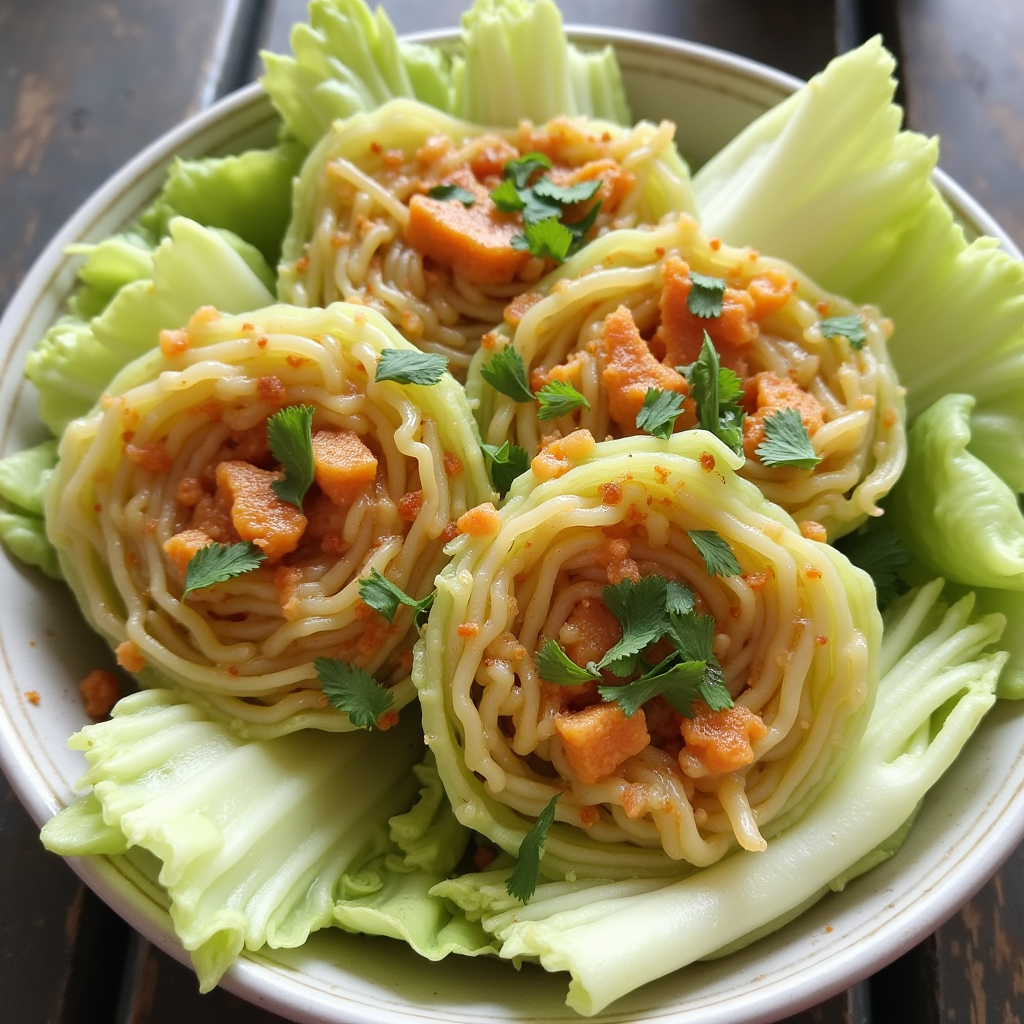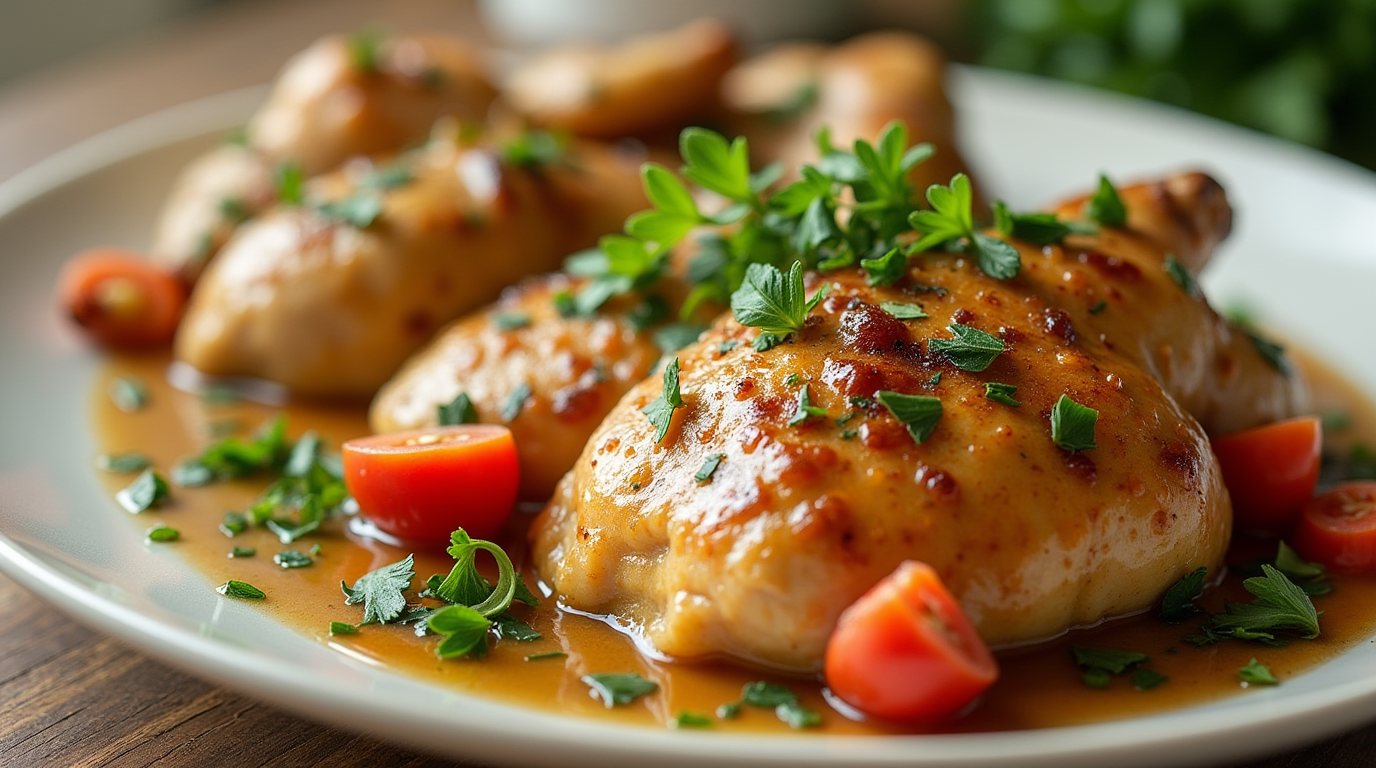
There’s nothing quite as comforting as a bowl of old-fashioned vegetable beef soup. Packed with tender chunks of beef, vibrant vegetables, and a deeply savory broth, this dish has been a staple in kitchens for generations. Whether it’s a chilly evening or you simply crave something wholesome, this soup is the perfect way to bring warmth and nostalgia to the table. Rooted in tradition and bursting with homemade goodness, this recipe is a testament to the beauty of slow cooking and simple, hearty ingredients.
Table of Contents
Key Takeaways
- A timeless comfort food that has been passed down through generations.
- Features simple, wholesome ingredients like beef, vegetables, and broth.
- Slow-simmered to perfection for deep, rich flavors.
- Versatile and customizable – add your favorite veggies and seasonings.
- Pairs beautifully with bread, cornbread, or rice for a complete meal.
- Easy to store and reheat for a make-ahead, stress-free meal.
- A great way to use leftover ingredients while maintaining exceptional flavor.
Cultural Heritage
Old-fashioned vegetable beef soup has its roots in home kitchens across the world. In American households, it’s been a Sunday dinner tradition, made in large batches to last through the week. European versions often incorporate different herbs, grains, and root vegetables, while variations from Latin America and Asia introduce unique spice blends and broths. No matter where you find it, this soup symbolizes warmth, hospitality, and a love for slow-cooked, nourishing meals.

Essential Ingredients
- Beef Chuck or Stew Meat – Slow-cooking transforms it into melt-in-your-mouth tenderness.
- Onions, Garlic, and Celery – The aromatic base that infuses the broth with flavor.
- Carrots and Potatoes – Classic, hearty vegetables that absorb the rich broth.
- Tomatoes (Diced or Paste) – Adds depth and a slight tangy sweetness.
- Green Beans, Peas, or Corn – Brings color, texture, and nutritional balance.
- Beef Broth – The foundation of the soup, essential for deep, savory flavor.
- Herbs and Spices (Bay Leaf, Thyme, Black Pepper) – Traditional seasonings that elevate the taste.
Preparation and Marination Techniques
For the best flavor, season the beef with salt, pepper, and a touch of garlic powder, then let it marinate for at least 30 minutes. Searing the beef in a hot pot before simmering locks in the juices and adds a rich, caramelized depth to the broth. For an even more intense taste, consider roasting the vegetables before adding them to the soup.
Secret to Authentic Seasoning
The key to an authentic, old-fashioned taste is layering flavors. Start with a good sear on the beef, deglaze the pot with a splash of broth or wine, and allow the soup to simmer low and slow with herbs like thyme and bay leaves. Adding a dash of Worcestershire sauce or soy sauce enhances the umami depth, making the broth exceptionally flavorful.
Step-by-Step Cooking Method
- Sear the Beef – In a large pot, heat oil and brown the beef on all sides.
- Build the Base – Add onions, garlic, and celery, sautéing until fragrant.
- Deglaze the Pot – Pour in some broth to scrape up browned bits for extra flavor.
- Simmer Slowly – Add the remaining broth, tomatoes, and seasonings, and let it cook for 1.5–2 hours until the beef is tender.
- Add Vegetables – Toss in carrots, potatoes, and any other chosen veggies; simmer until tender.
- Final Seasoning – Adjust salt, pepper, and herbs to taste before serving.
Common Mistakes to Avoid
- Skipping the searing step – This step enhances the depth of flavor.
- Adding all vegetables too early – Some veggies cook faster and may turn mushy.
- Boiling instead of simmering – A slow simmer extracts the best flavors from the beef and broth.
- Not tasting and adjusting seasoning – Always taste before serving and tweak as needed.
- Using low-quality broth – A good-quality or homemade broth makes a huge difference.
Traditional Side Dishes & Accompaniments
- Crusty Bread or Cornbread – Perfect for soaking up the rich broth.
- Steamed White or Brown Rice – Adds heartiness and stretches the meal further.
- Simple Green Salad – Balances out the richness with freshness.
- Pickled Vegetables – Adds a tangy contrast to the savory soup.
Storage and Reheating Guidelines
- Refrigeration – Store in an airtight container for up to 4 days.
- Freezing – Freeze in portions for up to 3 months.
- Reheating – Warm gently on the stovetop, adding a splash of broth if needed.
Conclusion
Old-fashioned vegetable beef soup is more than just a meal – it’s a comforting embrace in a bowl. Whether you’re making it for family, friends, or simply for yourself, this timeless dish brings warmth and nourishment to any table. Try it out, make it your own, and let us know how it turns out in the comments below!
FAQ
1. Can I use ground beef instead of stew meat?
Yes! Ground beef works well, but the texture and richness of slow-cooked stew meat create a more traditional flavor.
2. What can I add to make the broth richer?
A splash of red wine, Worcestershire sauce, or a beef bouillon cube can enhance the depth of flavor.
3. Can I make this in a slow cooker?
Absolutely! Brown the beef first, then add all ingredients to a slow cooker and cook on low for 6–8 hours.
4. How can I make this soup more filling?
Add barley, lentils, or pasta to make the dish heartier.
5. Can I make it vegetarian?
Yes! Swap beef for mushrooms or beans and use vegetable broth instead of beef broth.


